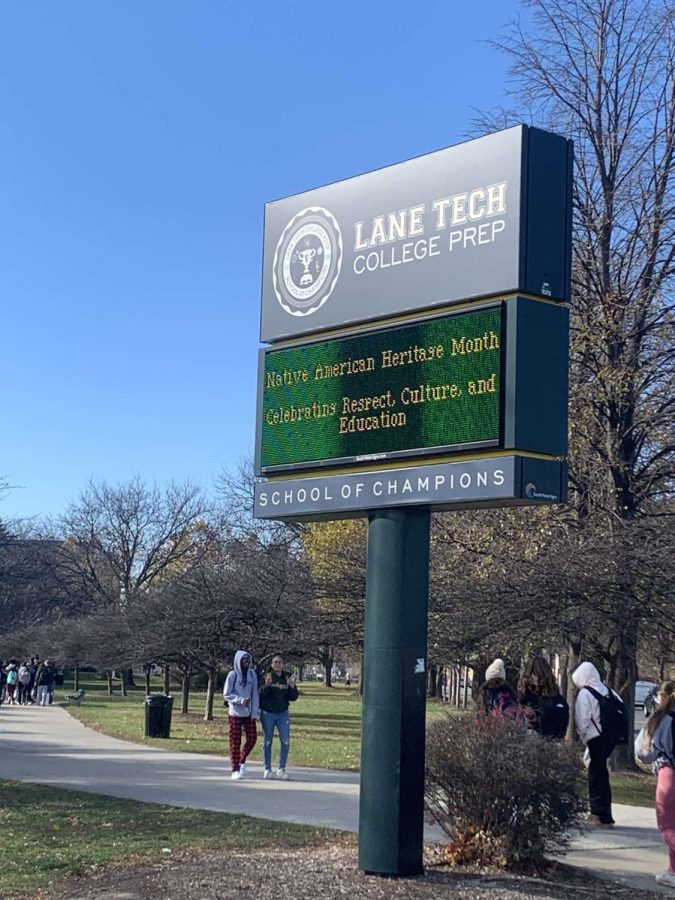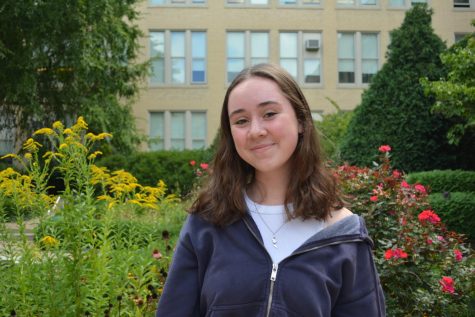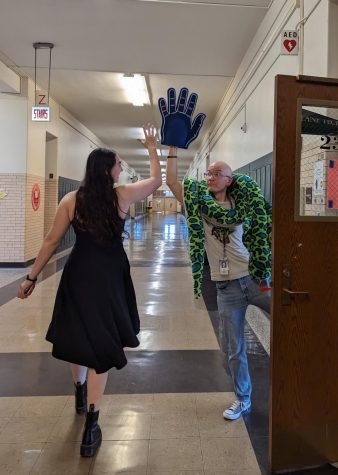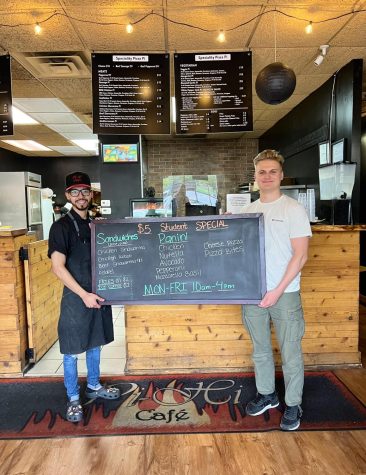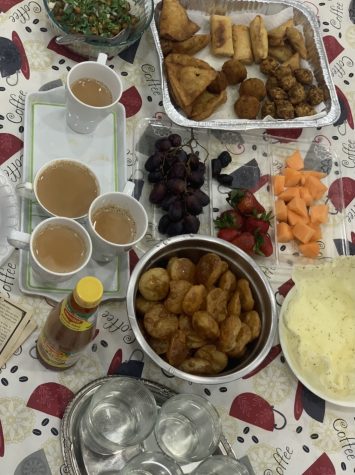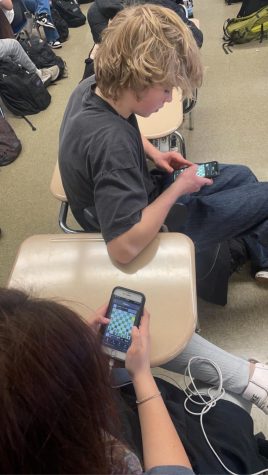Lane teachers work to be mindful of a dark history during Thanksgiving
November 17, 2022
Honors United States History (HUSH) teachers Rebecca Daly and Diamond Dadej begin their Native American unit in HUSH by showing students a video of a Native American woman recalling her time learning about the story of Thanksgiving, and the misinformation that she was told by her teacher.
“One of the biggest things that we try to do with our unit now, is tell our students that this is such a big piece of history that’s been missing in the teaching,” Daly said.
Essentially, the story of Thanksgiving traditionally taught — that the Native Americans taught the Pilgrims different ways to hunt and grow food, and they shared a celebratory feast in honor of what they were thankful for — is almost entirely fictional, one that does not touch on the loss and forced migration of thousands of Native people.
In reality, there was no feast shared between the Native Americans and Pilgrims, and the relationship between the two groups was far from what was taught. Thousands of Natives were killed due to war and the spread of colonial disease, according to Philip Deloria, a history professor at Harvard, and author of the New Yorker article titled “The Invention of Thanksgiving.”
Maya Rice, a junior who is taking AP United States History, said that there has been a lack of Native American representation throughout her education.
“I’ve been taught about just the big Thanksgiving dinner where Pilgrims and Native Americans had dinner together,” Rice said. “There isn’t much Native American history representation at [Lane Tech], we don’t really cover it much and they’re mentioned just very briefly in my textbooks.”
Sophomore Zahra Mrini is a Native American student at Lane whose family does not all appreciate the history that was left out. Her tribes are Choctaw and Creek. Mrini said her family doesn’t really celebrate Thanksgiving, but still believes in the sentiment of the holiday.
“I know some people in my family don’t really enjoy the background on this particular holiday and me too, so I would hope the actual truth of how we were treated would be brought to life…I feel my ancestors deserve it,” Mrini said. “But I also feel like we shouldn’t take away the fact we should be thankful for others.”
Both tribes Mrini is a part of speak different languages, practice different traditions and hold different backgrounds. According to American Indian Center Chicago, there are over 500 tribes recognized by the United States government, and Chicago has the third largest Native American population in the country.
“I feel people should treat Thanksgiving as a holiday to celebrate life and others,” Mrini said. “I find myself to be very fortunate, and I’m so grateful for my history and the people I have around me to support me.”
When the English first touched the shore of Massachusetts and encountered the Wampanoag tribe in 1621, the settlers brought disease that killed between 75 to 90 percent of Wampanoag people. Since the tribe’s rival, the Narragansett tribe, now outnumbered them, the leader Ousamequin (or as others know him, Massasoit) decided to form an alliance with the settlers, according to Deloria.
Despite their alliance, the settlers pushed to take Wampanoag land through threats, violence, and a disregard for equal treatment of the Natives under the alliance. Natives were faced with unpayable fines, imprisonment, and executions that they did not see being placed on settlers.
In a last attempt to thwart European control, the Wampanoags and their allies the Algonquians came together to fight the English of the Plymouth colony.
This war, known as King Philip’s War (Or Metacomet’s War), was one of the most deadly Native-colonist wars on record, according to History.com. “Phillip” was the name given to Ousamequin’s son, Metacomet. This war started in 1675 and touched Massachusetts, Connecticut, Rhode Island, and Maine.
After the fighting in the Plymouth colony, the English dispersed their military to destroy Mount Hope, in Rhode Island, Metacomet’s home.
The Natives held their ground through 1676 with the leadership of Chief Canonchet, but in April, Canonchet was captured and killed by the Mohegan tribe, leaving Metacomet until he was shot in the summer of 1676 by John Alderman, a Native English soldier.
Several Northern states began to adopt Thanksgiving as a holiday in the early 1800s, but it was not celebrated in the South. According to Deloria, the holiday was made official in 1863 by President Abraham Lincoln to foster unity in the midst of the Civil War.
Daly said the curriculum regarding Native Americans has changed in her time of teaching, and as a Lane alum, Dadej recalled learning about Natives very differently than how it is being taught in the class today.
“I think towards the tail end of my high school experience, more talk on forgotten narratives or overlooked narratives of certain groups in our society, both American and larger in the world, have been brought in, so more voices have been brought in,” Dadej said.
“I think especially with this unit, it’s just that you don’t know what you don’t know,” Daly said. “And so this unit especially is a lot of new learning for all of us. Students and teachers alike.”
The National Day of Mourning for Native Americans falls on Thanksgiving every year, and consists of a protest around the statue of Ousamequin in Plymouth, and is organized by the United American Indians of New England, according to Nationalgeographic.org’s article “Recognizing Native American Perspectives: Thanksgiving and the National Day of Mourning.”
Daly also stressed the importance of teaching the successes of Native Americans of today.
“I think that one of the things, also, that we’ve been trying to become more aware of in almost all of our units, is to make sure that we’re also focusing on the celebrations in these stories,” Daly said. “The resistance, the resilience, and the progress. … These nations have survived.”
See history.com and smithsonianmag.com for more information on the history of Thanksgiving, or visit aicchiago.org for more information on local Native American culture.

